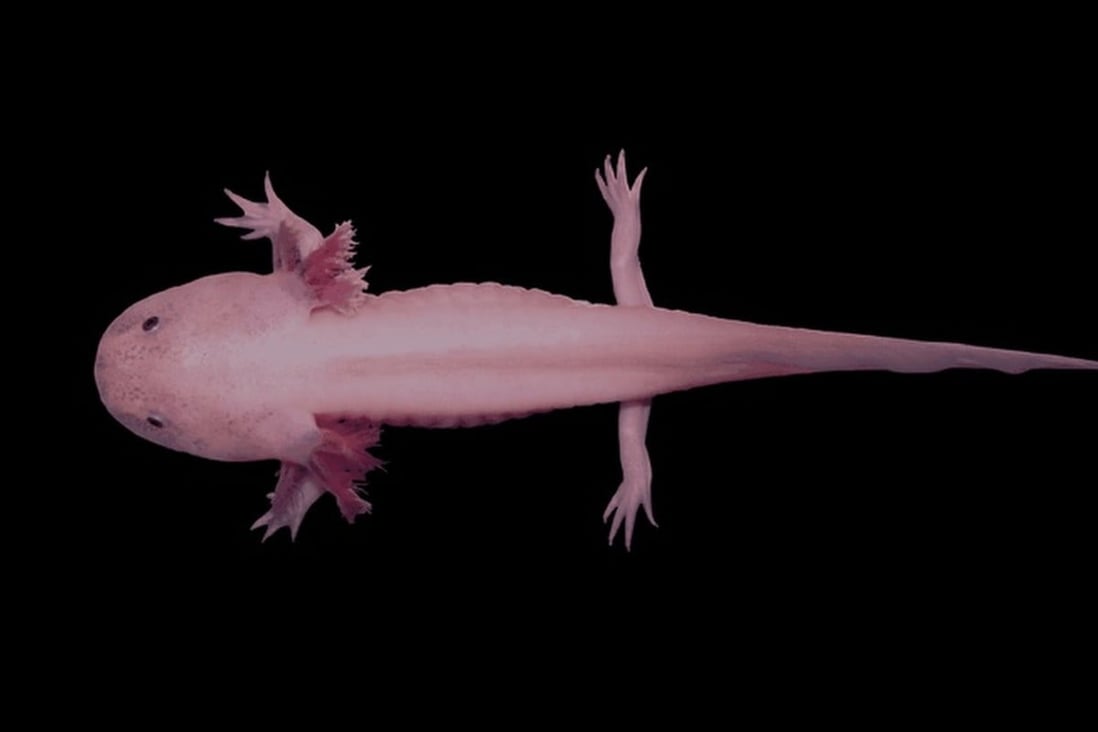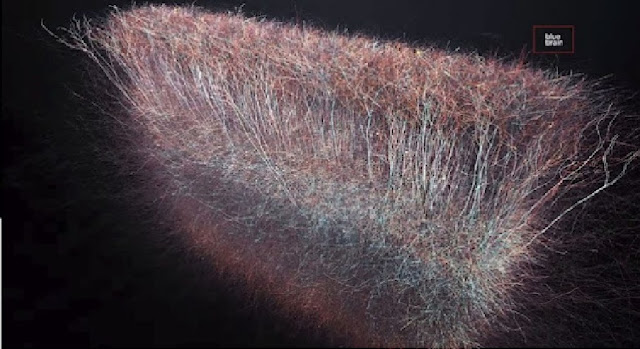Image caption: Chinese scientists whose study of the axolotl’s ability to regenerate cells after injury was published in Science journal say their findings have the potential to help improve the regenerative capability of mammalian and human brains in the future. Photo: BGI
By Holy Chik – South China Morning Post
- Team discovers new subtype of neural stem cell in amphibian’s damaged region after 15 days but neurons are not fully functioning until about 60 days post-injury
- Scientist says ultimate research goal is to introduce stem cells to injured human brain tissue locally to restart any regeneration genes
A team of scientists in China has discovered a new subtype of neural stem cell that is key to brain regeneration in the axolotl, an animal capable of regrowing lost body parts.
The scientists said their research on the amphibian could potentially improve the regenerative capability of the brains of humans and other mammals in future.
The axolotl is an aquatic salamander able to regenerate cells in their brain, heart, limbs, spinal cord, tail, skin, jaw and muscle as well as the cornea, retina and lens of their eyes.




